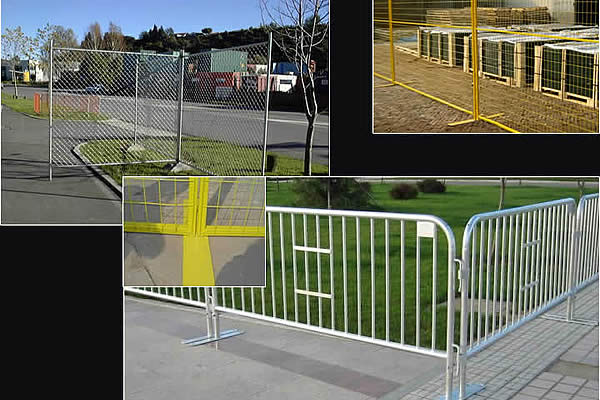 TEL:
+86-13102802206
TEL:
+86-13102802206
 Email:
fencenetting@china.com
Email:
fencenetting@china.com
 Language
Language
 TEL:
+86-13102802206
TEL:
+86-13102802206
 Email:
fencenetting@china.com
Email:
fencenetting@china.com
 Language
Language


Understanding the Cost of Barbed Wire per Meter
Barbed wire has been an essential material in agriculture, security, and fencing applications for over a century. Its effectiveness in deterring intruders and livestock makes it a popular choice for various fencing needs. However, understanding the cost of barbed wire per meter is important for anyone considering its purchase for personal or commercial use. Several factors influence the price, and being aware of these variables can help consumers make informed decisions.
The basic cost of barbed wire per meter can vary based on the type and quality of the wire. Typically, low-carbon steel wire is the most common choice, renowned for its strength and affordability. Prices can range anywhere from $0.10 to $0.50 per meter, with variations depending on gauge thickness, barbed spacing, and overall quality. Heavier gauges and thicker wires often cost more due to the increased amount of material used, which enhances their durability and effectiveness.
In addition to material, the production processes also play a pivotal role in determining the cost of barbed wire. Manufacturers that utilize advanced technologies and high-quality materials generally have higher production costs, which can lead to increased prices for consumers. Conversely, budget or economy brands may offer lower prices but might sacrifice quality, which could lead to additional expenses down the line for repairs or replacements.

Transportation costs also contribute significantly to the overall price of barbed wire. If the wire is manufactured far from its point of sale, shipping fees will be factored into the cost. Local suppliers may offer lower prices due to reduced shipping costs, while imported barbed wire can carry higher price tags. Furthermore, fluctuations in fuel prices can impact shipping costs, thereby affecting the overall price of barbed wire in the long run.
Another important consideration is market demand. Seasonal factors, such as increased agricultural activity during planting or fencing requirements for livestock, can drive up demand for barbed wire, which in turn can elevate prices. Consumers are advised to monitor trends and seasonal variations to purchase barbed wire at the most advantageous times.
Lastly, purchasing in bulk can yield significant savings. Many suppliers offer discounts for larger quantities, making it wise for businesses or larger projects to consider bulk purchases. This not only brings down the cost per meter but also ensures that the project is completed without the need for multiple orders.
In conclusion, the cost of barbed wire per meter is influenced by various factors including quality, production methods, transportation costs, market demand, and purchasing strategies. By understanding these dynamics, consumers can make more informed decisions, ensuring that they secure the best quality barbed wire at the most competitive prices for their fencing needs. Whether for agricultural purposes or security measures, being well-informed can lead to better outcomes for any project involving barbed wire.